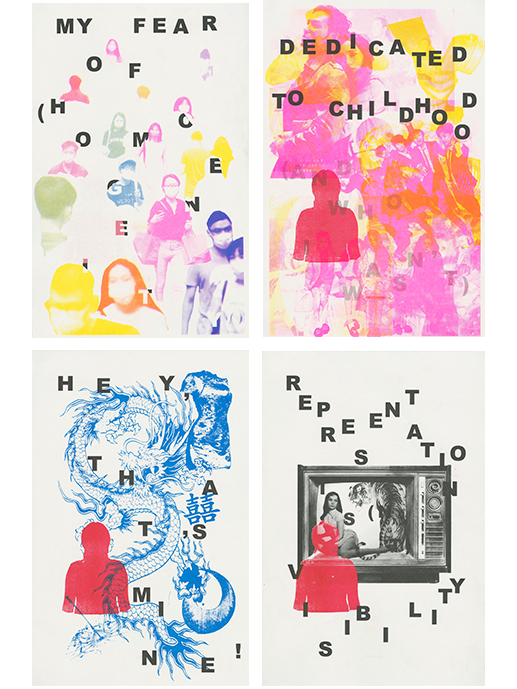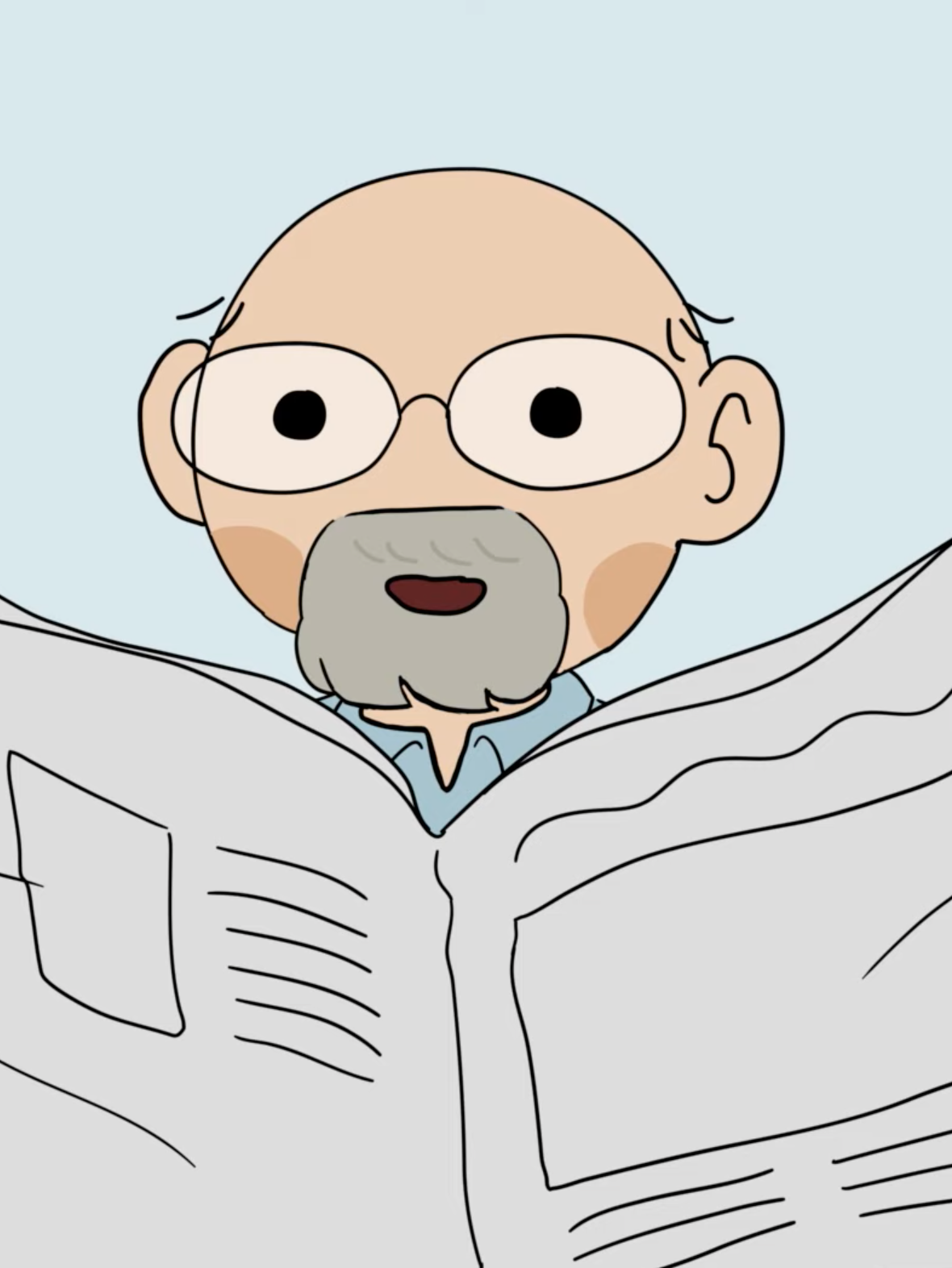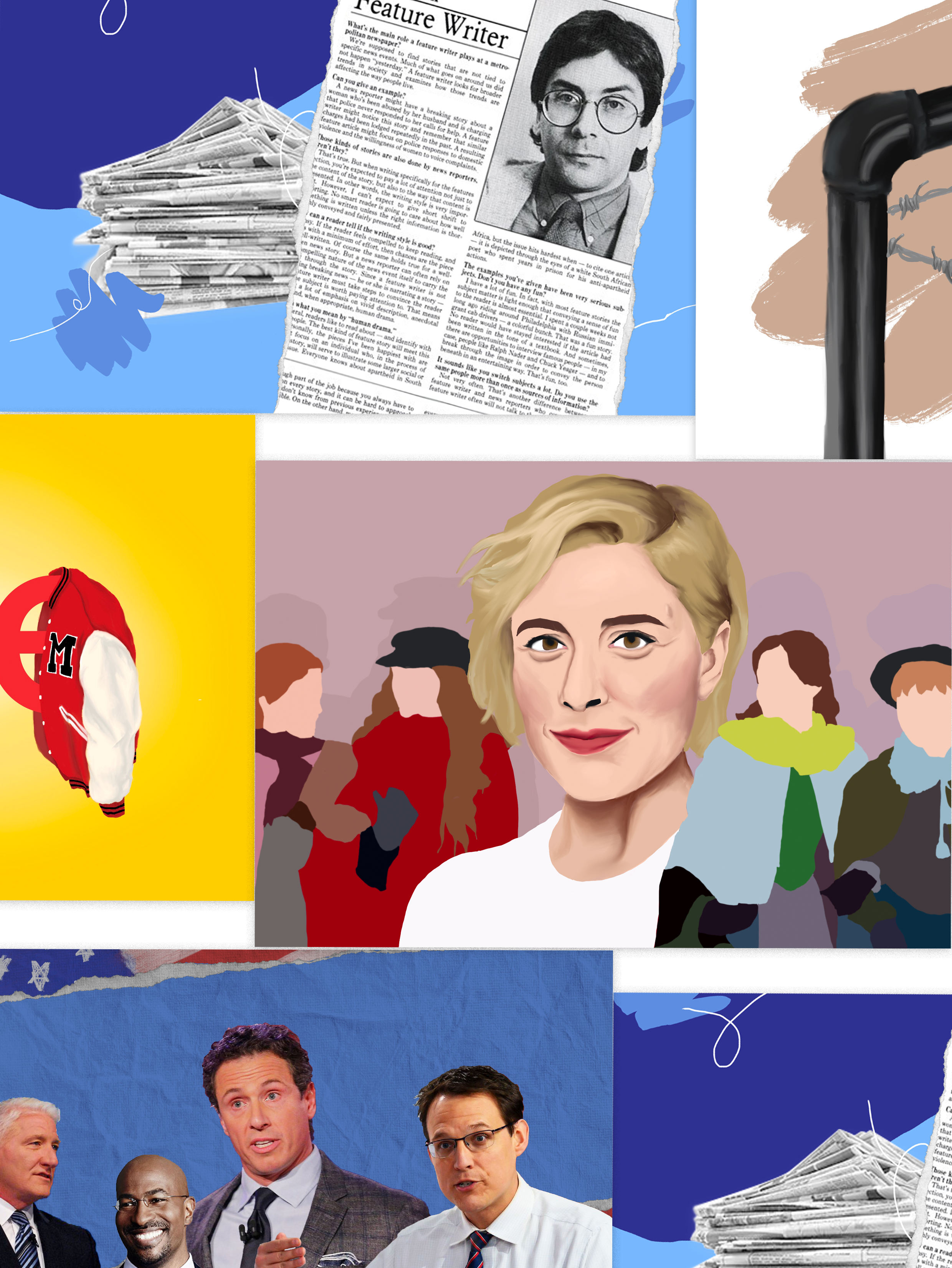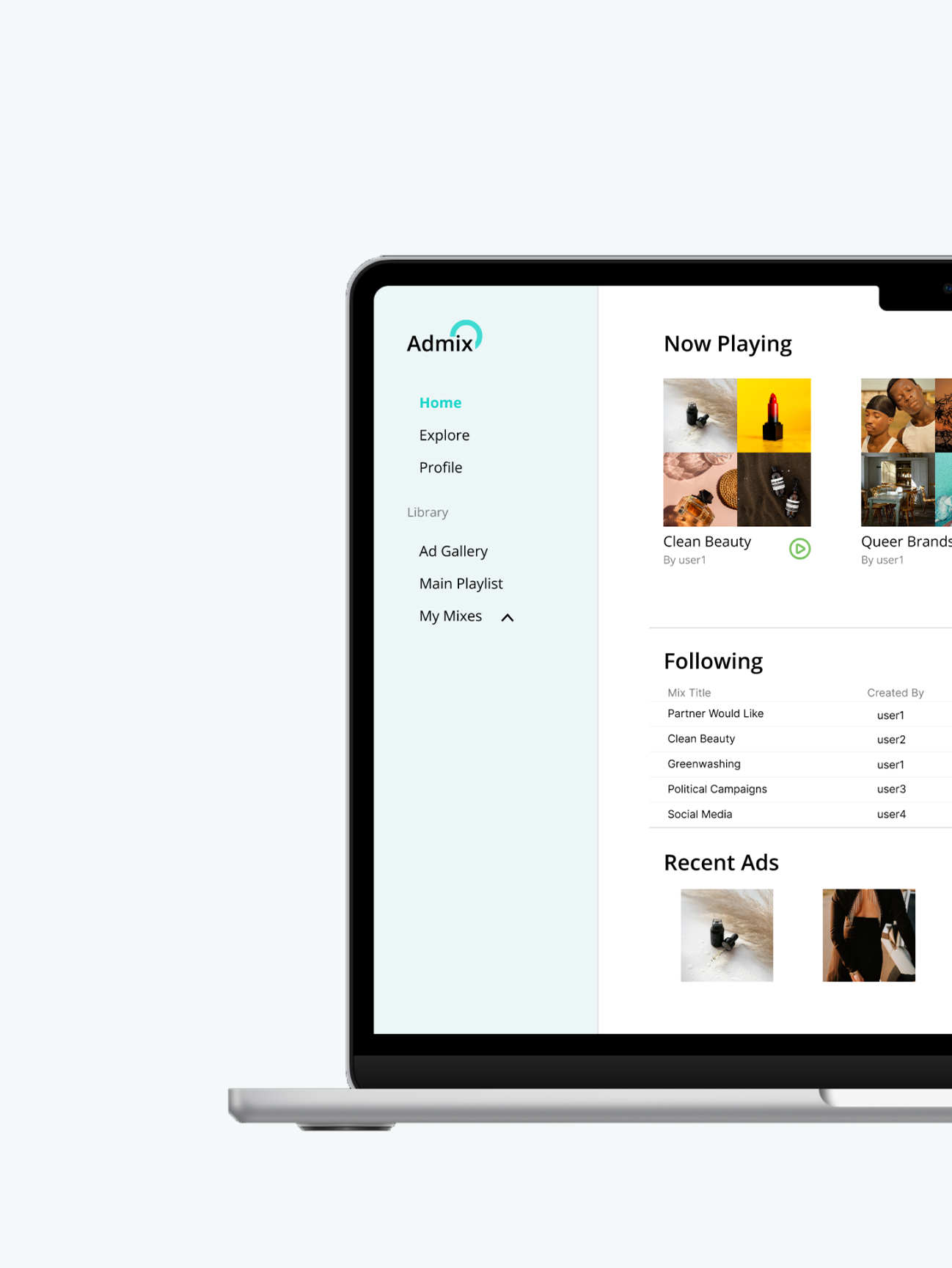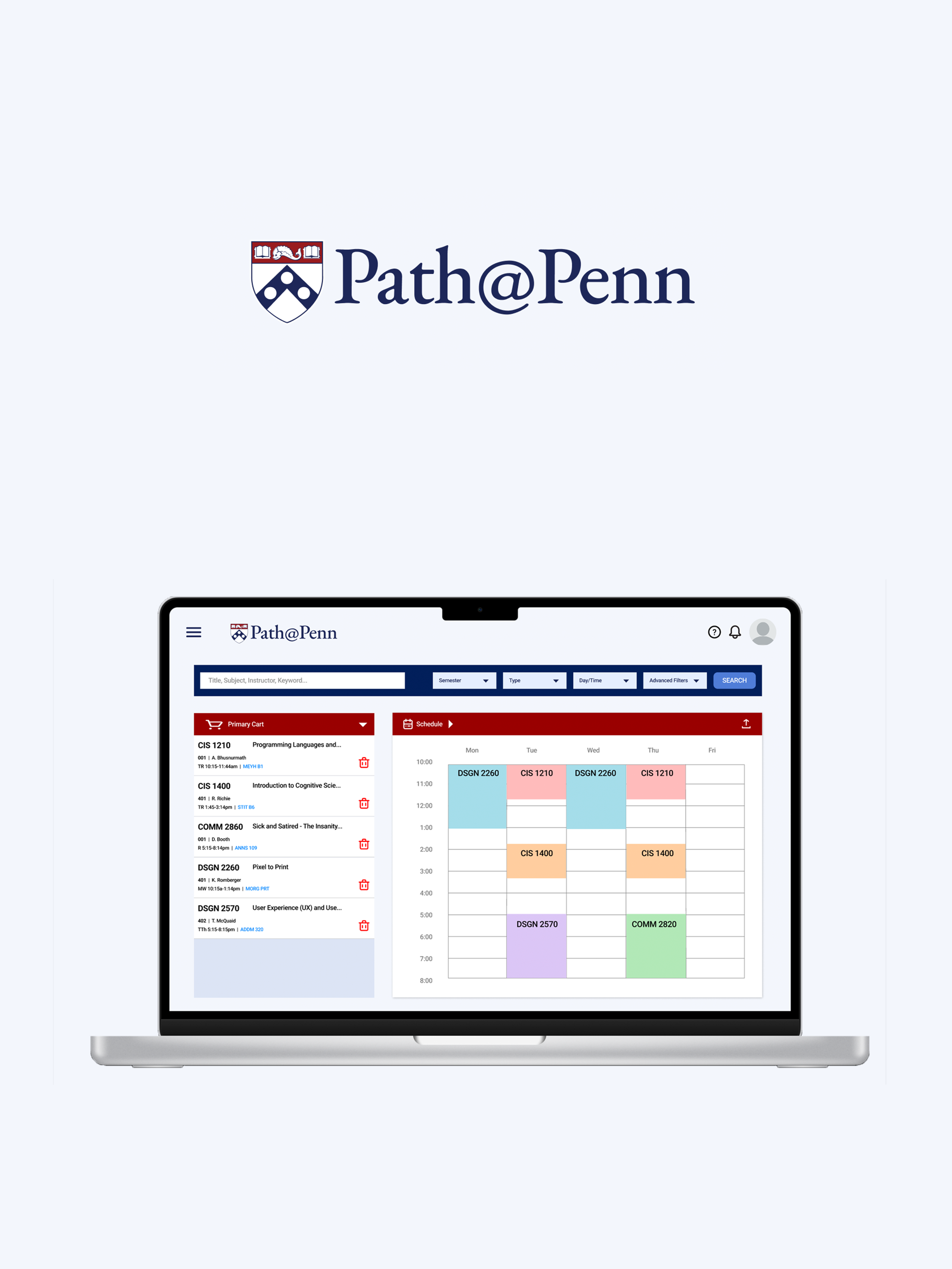Fall 2022
Role: UX/UI Designer
Skills: User Research, UX, Visual Design, Prototyping, User Testing
Problem
College students and young adults who look to the arts as a way of exploring their new city struggle to find niche, community-centered events in a centralized way. Smaller musicians and artists just starting out are also constantly looking for new ways to promote their own work and connect with other artists.
Solution
house is an app to help art and music lovers find local arts events and connect over niche communities. Based on user research and testing within college communities, along with numerous design iterations, the final design seeks to streamline the search to find weekend plans and facilitate community building.
Research & Insights
In order to understand more about the experiences and barriers potential users face when looking to get involved in a new local arts community, I conducted 3 in-depth interviews of college students with varying levels of current involvement in local music and art scenes, including one student who hosts music events. I also conducted a survey of a wider range of young adults interested in discovering new art and engaging in local arts communities.
User Interviews
User Interviews
Survey Results
• 11 undergraduate students and self-described “music lovers” were surveyed
• 10 have only lived 1-3 years in their current city
• 3 artists/musicians looking to promote their own work
• 100% of respondents rely on word of mouth to find local events
• Discovering new music and art, community, and looking for something to do were the top three interests of people looking to get into local arts scenes
• 10 have only lived 1-3 years in their current city
• 3 artists/musicians looking to promote their own work
• 100% of respondents rely on word of mouth to find local events
• Discovering new music and art, community, and looking for something to do were the top three interests of people looking to get into local arts scenes
Takeaways
• There is a need to actively seek out local events, it feels like you have to be in a niche community to find them
• Hearing about local events happens often but when actively looking, they’re suddenly hard to find (especially on bigger search engines with lack of any “buzzwords”)
• Instagram is currently the most centralized place to find events but there is lacking interaction with attendees or artists
Local arts scenes are a safe space, which come with the likemindedness and community in appreciating art and music together
• The process for organizing events usually involves starting with a location then posting or reaching out to artists, especially ones that are familiar or already seen
• Hearing about local events happens often but when actively looking, they’re suddenly hard to find (especially on bigger search engines with lack of any “buzzwords”)
• Instagram is currently the most centralized place to find events but there is lacking interaction with attendees or artists
Local arts scenes are a safe space, which come with the likemindedness and community in appreciating art and music together
• The process for organizing events usually involves starting with a location then posting or reaching out to artists, especially ones that are familiar or already seen
Synthesis
I developed a series of insight statements that examined specifically what users would want out of the platform. Transforming these into how might we’s allowed for a concrete design direction to emerge that would streamline searches for small arts events, promote online community-building, and encourage connectivity among users.
Synthesis
Wireframes
Based off of the key user insights, I developed lo-fi wireframes of a centralized platform that would prioritize event search functionality and allow users to find community.
The search functionality includes filters corresponding to the kind of event information identified as most relevant by users, with location as a primary way to organize event listings.
Since interviewees mentioned feeling removed from local communities, these early stage designs configured a section of the app dedicated to helping people connect with each other and discuss niche topics with open posting.
Wireframes
User Testing
In the first iteration of the hi-fi mobile app, I wanted to maintain a slightly retro, early internet feel, pulling the color scheme and font from styles that are popular in a lot of the promotional material for house shows.
First Iteration
User Testing
I conducted 3 user tests with the people I had interviewed in the first stage of the design process. I developed a series of goals in terms of learning how users navigate the app and a corresponding set of key tasks for them to complete in order to observe the flow of usage. These tasks included:
• using the search bar and filters to find events specific to your availability and interest
• finding the contact information of artists/hosts that you want to collaborate with
• listing an upcoming event as a host
• adding events to your Favorites list and reviewing this list to find an event for the upcoming weekend
Takeaways
• The app’s functionalities should be openly available to all users - anyone can list events rather than maintaining separate host accounts, post feed can include all users’ posts to indicate overall community
• The gradient and colors tend to clash with the event graphics, try to stay as neutral as possible while maintaining the old internet feel
• There is some ambiguity surrounding favorited events, especially as the favorite icon gets lost in event graphics
• Access to all the filters for event search is important, including at the initial step
• Search and overall organization are generally intuitive, clarify the sectioning of the app and where to find different functionalities
Final Design
Incorporating the conducted research and user feedback, the final hi-fi designs offer a centralized, playful hub for arts lovers to discover and promote events and engage with local communities around their interests.
